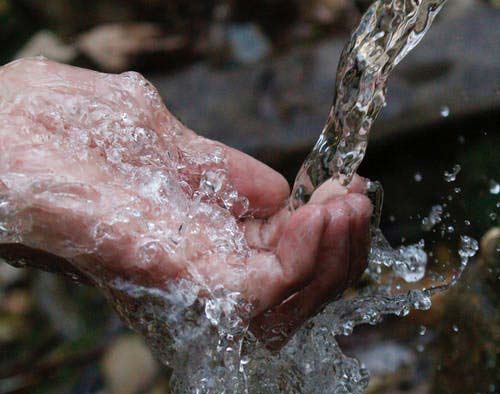
Water is one of the most important natural resources. Drinking water should be kept clean and pure to facilitate healthy living. There are several ways to check the quality of drinking water. Especially the water stored in water tanks should be periodically checked from time to time. Let’s look into seven quick and easy ways to find out if your drinking water is pure and safe:
Water is said to be clean only when it is clear and transparent. Even if you notice a slight shade of cloudiness or turbidity, then it needs attention. Cloudiness is an indication of the presence of harmful chemicals, pathogens and other microbes like bacteria which are really hazardous to your health and life.
Another simple way to check if the water from the drinking water tank is safe is by using the soap test. Simply wash your hands with soap. If your hands can sense an unusual slimy texture, then it simply means that the hardness of the water has increased. Hard water doesn’t always mean contaminated water but it means that the content of a few metal elements in the water is on the rise. These include manganese, lead, aluminium and the like.
Water is basically colourless anything that adds colour to it demands scrutiny. For example, the presence of chromium-6 which can cause cancer will turn the water yellow. Yellowish colour can also be due to the building up of iron, copper, lead or manganese in the long run. The presence of rust on the other hand will turn the water orange or brown. This paves way for the breeding of bacteria and poses a lot of health threats to human life.
Water is not only colourless but also odourless. Check out if the water from your water reservoir tanks has developed any foul odour. It can be due to the excess addition of chlorine by your water supplier. Secondly, if the water tank is not properly cleaned after scrubbing then you will be able to smell the odour of the bleach. Thirdly if you get the smell of rotten eggs from the water or if it the water smells like sewage, then it is an indication of hydrogen sulphide. It is a colourless gas that is naturally present in the water supplied from an underground sump tank. Excess of it is always a matter of concern. Fourthly, the excess of barium due to operations like drilling or manufacturing will result in a fishy smell. All these contaminants will cause illness and hence it deserves treatment at the earliest.
The above-stated methods can only give you a rough idea. They are DIY methods that can suffice only for preliminary water testing. They will help you decide if proper lab testing is needed or not. To dig in deep and find out the actual root cause a lab test is a must. Send a sample of water in a sterilized container to the lab and get the testing done. If you can’t get a sterilised container from the lab, get your own container and get it sterilized. All you have to do is, put the container in a pot of boiling water for at least ten minutes.
The lab testing will give you a complete report on the following:
Conductivity, PH hardness, total dissolved solids, presence of elements like magnesium, manganese (total), sodium absorption ratio (SAR), sodium, nitrates, calcium, iron (total) and the like.
It is not only important to check the quality of your big water tank but also the purity of the water stored by it.


